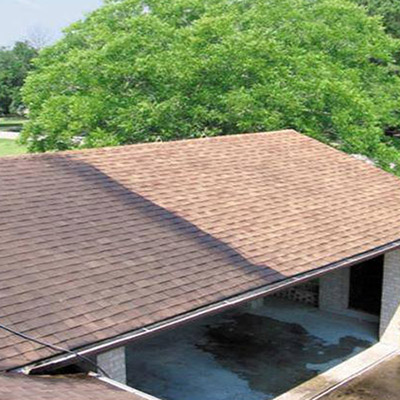Roof Washing
Have you ever wondered what was causing your roof to look streaky or dirty?
Your roof is not actually dirty, it has black algae growing on it.
Black algae, moss and lichens are the most common forms of bacteria growing on your roof. Much of the organisms on a roof are there because of the warm, moist environment a roof creates, especially on the north and west sides of a roof. Microorganisms populate in an abundance growing so well that they begin to be noticeable to the human eye.
Many roofing surfaces are made with materials that can be metabolized by the microorganisms. Shingles now contain limestone as a filler mixed into the aggregate of the shingle. Many of the algae, mildew and bacterias utilize this limestone as the base nutrient of their roof ecosystem and begin to feed on it.
Contact Us Today For A Free Estimate!
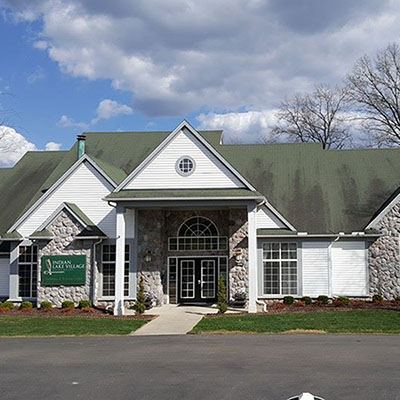
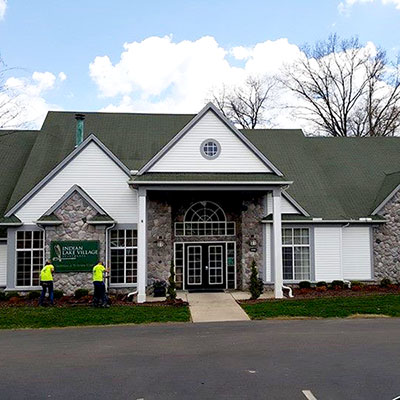
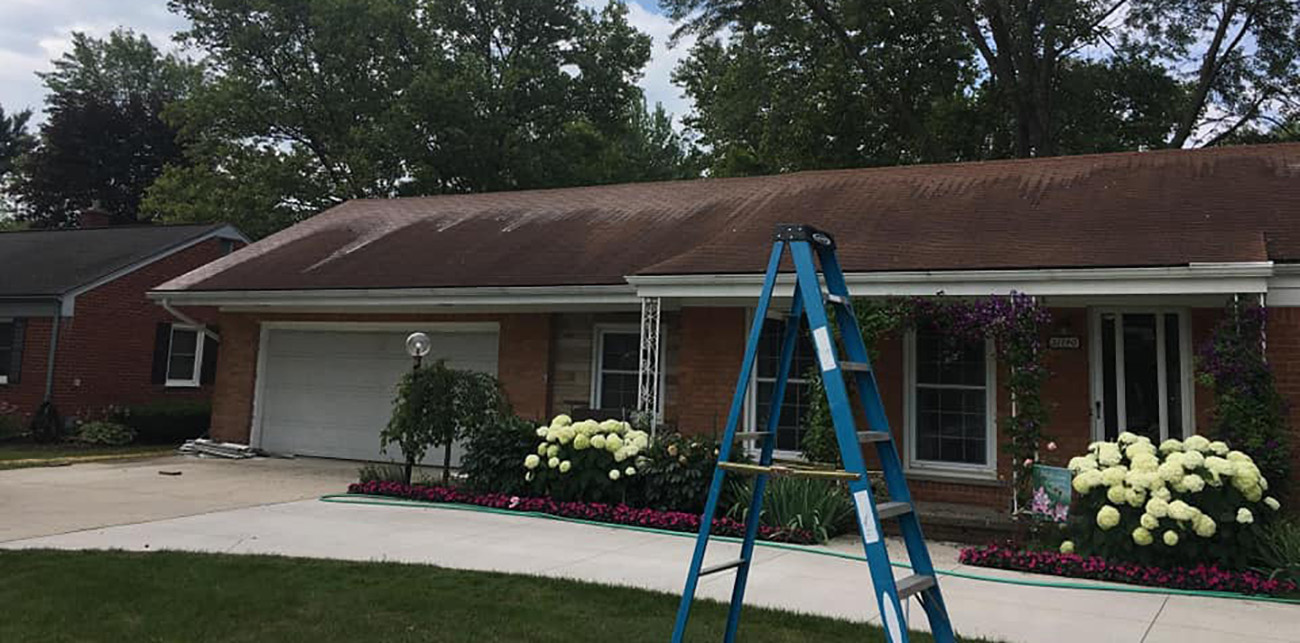
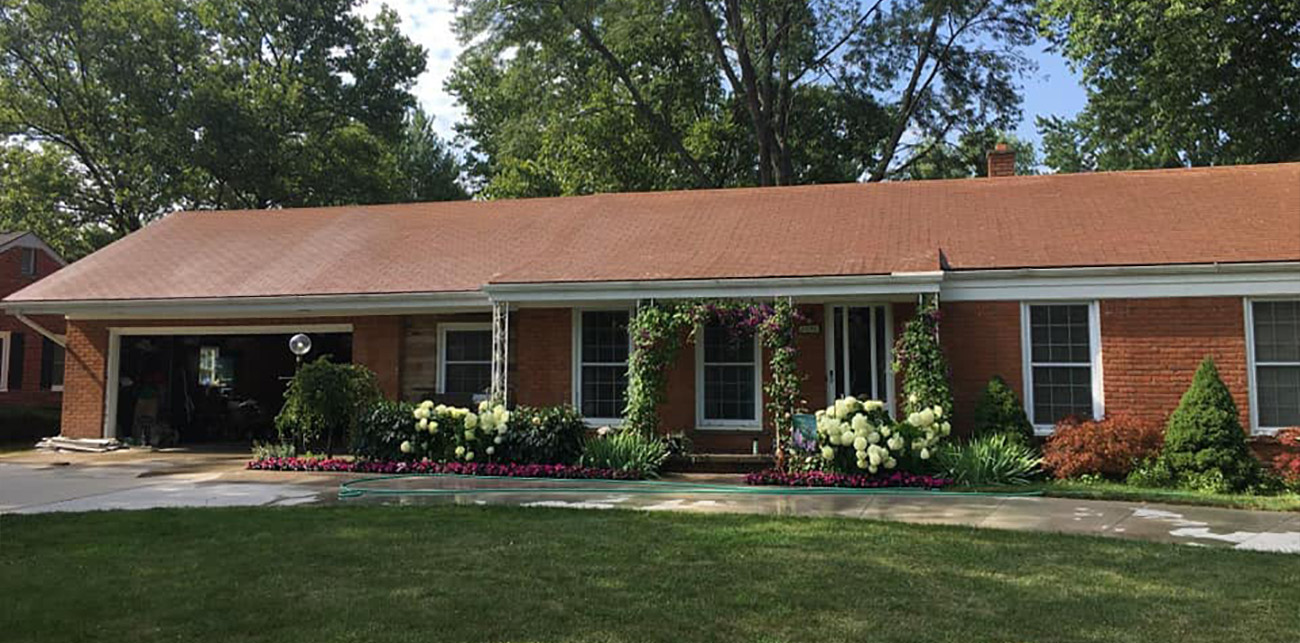
RWC's Soft Wash Process for Cleaning Roofs
This method uses sodium hypochlorite (Bleach) mixed with a surfactant that aids in helping it cling to the roof minimizing runoff. So doesn’t bleach kill plants you may be asking? Sure it can if not used properly. Chlorine has a huge need for electrons to stabilize its outer ring of electrons. It easily gets the electrons it needs from oxygen. Unfortunately, the microbes that live in the soil have a need for oxygen also. This creates a symbiotic relationship with plants as they need oxygen too.
This is our roof washing method, it is the preferred method of roofing manufactures, and it is our recommendation for proper cleaning and maintenance of your roof.
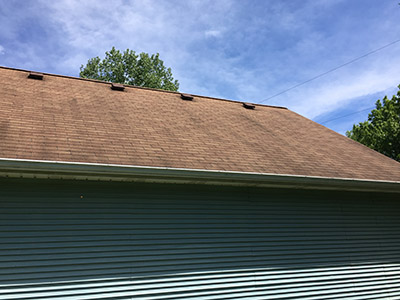
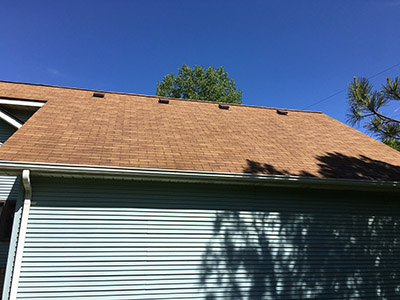
Simpler Terms
Ok, I lost you right? In simple terms bleach is made from salt and it returns to salt once in the air.
Salt absorbs moisture and oxygen and takes it away from your plants which can cause them to wilt or die. To prevent this from accruing plants need to be pre-soaked with water and need continuous spraying of water as any runoff is coming from the roof, along with redirecting any runoff from the gutters and/or covering plants as needed. Additionally we use neutralizing agents which most companies do not use do to associated cost. This provides the plants and chlorine with the oxygen needed and the bleach turns back into eco-friendly salt.
Think of it like putting a handful of salt in your mouth versus gargling with a glass of salt water.
Even though this is the preferred and recommended method this does not mean that everyone is doing it correctly. Many companies may be adding additional chemicals, in the mix like trisodium phosphate (TSP) and/or non-tested store bought products, using too high of a concentration, not rinsing, covering or pre-soaking plants and many other things that creates the bad stories you hear about bleach and plants. Hiring a reputable professional is always the key when having any services done.

